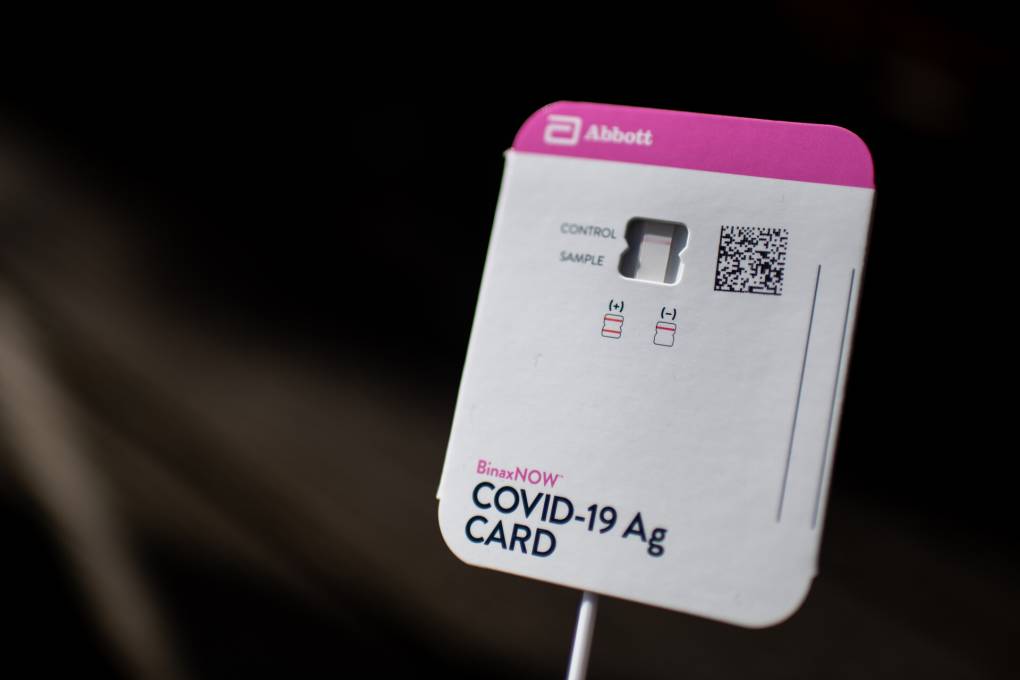
SAN FRANCISCO – A new COVID-19 variant, dubbed Nimbus, has emerged, causing a distinctive and painful symptom known as “razor blade throat.” This development raises questions about symptom severity, testing protocols, and vaccine efficacy.
Immediate Impact
The Nimbus variant, scientifically identified as NB.1.8.1, is a descendant of the Omicron strain first detected in 2021. It is characterized by a notably painful sore throat, described by patients as feeling like “being burned by acid” or “coated in broken glass.” Dr. Chin-Hong, a leading infectious disease expert, notes that this symptom is due to the variant’s tendency to affect the upper respiratory tract more than the lungs.
Key Details Emerge
While the primary symptoms of Nimbus align with previous variants, a UK study from 2022 indicated that up to 70% of Omicron-infected patients reported sore throats. Additionally, non-respiratory symptoms such as diarrhea, nausea, and vomiting have become more prevalent.
CDC’s List of COVID-19 Symptoms
- Fever or chills
- Cough
- Shortness of breath or difficulty breathing
- Fatigue
- Muscle or body aches
- Headache
- New loss of taste or smell
- Sore throat
- Congestion or runny nose
- Nausea or vomiting
- Diarrhea
Expert Analysis
Dr. Chin-Hong advises that systemic therapies like ibuprofen are more effective than topical treatments for alleviating the severe sore throat associated with Nimbus. He recommends using liquid forms if swallowing pills is difficult and cautions against double-dosing with combination remedies.
Environmental measures such as staying hydrated, resting, and using humidifiers can also alleviate symptoms. Medical attention is advised if symptoms persist beyond a week or become severe.
By the Numbers
Current COVID-19 cases in the Bay Area are monitored through wastewater analysis rather than traditional testing. WastewaterSCAN reports no significant upward trend, with levels categorized as “medium” and lower than the previous year.
Regional Implications
San Francisco | Alameda | San Mateo | Santa Clara | Contra Costa | Solano | Marin | Sonoma | Napa
What Comes Next
The latest COVID-19 vaccine, available since August 2024, remains effective against the Nimbus variant. Dr. Chin-Hong emphasizes the importance of vaccination, especially for those planning to travel, as it offers protection for approximately a year.
Testing Recommendations
With shorter incubation periods, testing is advised as early as two days post-exposure if symptoms are present. If initial tests are negative, retesting is recommended, as symptoms may appear before the virus is detectable by antigen tests.
Testing Tips
Ensure tests are not expired and verify functionality by checking the control line. Free testing options have become limited, but PCR tests remain available through certain health centers and providers.
For those with health insurance, reimbursement for at-home tests is possible, and provider-ordered PCR tests may be covered.
Background Context
As the pandemic evolves, testing and vaccination strategies continue to adapt. The emergence of new variants like Nimbus highlights the ongoing need for vigilance and updated health measures.
This report was initially published on November 22, with contributions from KQED journalists Lesley McClurg, Alexander Gonzalez, and Brian Watt.







